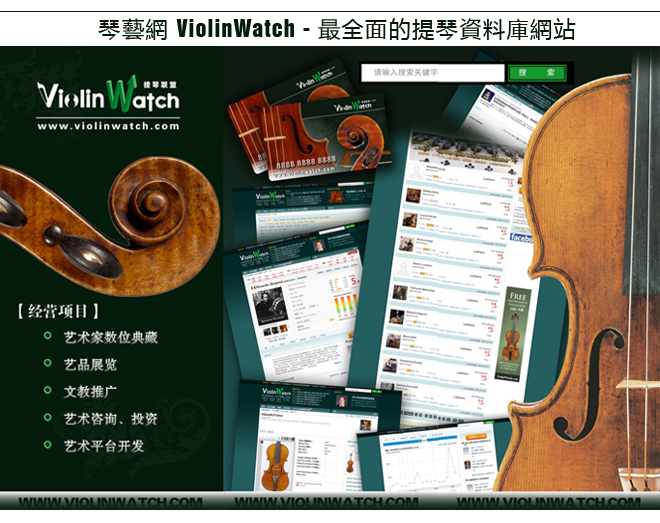|

Andrea Postacchini
The Italian maker Andrea Postacchini is often referred to as the "Stradivari of the Marches". Although Postacchini is the most famous violinmaker to come out of this region, until now little has been known about him, with much of his output being credited to another Andrea Postacchini, due to the variation in style and refinement between his early and late work.
According to the archives in the Santa Maria delle Vergini church in Fermo, there was only one Andrea Postacchini and he was born on 30 December 1786 in Fermo, a hilltop town near the east coast in Italy's marches region. Postacchini spent his life in Fermo and died there on 3 February 1862, age 76.
Postacchini was from a wealthy, religious family of farm workers. It was decided that he should follow an ecclesiastical career and so the young Postacchini was sent to a monastery in Fermo. Here he met a priest who made violins using primitive tools. Postacchini became fascinated with this craft and when he left, at around the age of 28, he decided to become a violinmaker. Although he was self-taught Postacchini produced many fine instruments, all with elegant archings. His output was diverse and included not only bowed-string instruments but also guitars and bows and restoration work. All his instruments were beautifully varnished with a high-quality lacquer, which was usually yellow-golden in color.
Postacchini's choice of wood was excellent. He used oppio (acer campester) for the backs, sides and scrolls, which he obtained locally, and he chose spruce for the table. This was from the alpine region and was similar to the wood selected by the Cremonese and other north Italian makers of that time. The tonal quality of his wood is excellent and shows that Postacchini was not only a brilliant craftsman but that he also had a good understanding of the sound qualities required. This, together with ingenuity of style, enhanced his reputation as a fine violinmaker. During his lifetime, Postacchini received great acclaim at exhibitions and fairs. But perhaps his greatest compliment occurred at an exhibition in Fermo in 1869 when his work was acknowledged as a unique continuation in direction and style of Antonio Stradivari, an accolade which gained his the title "Stradivari of the Marches".
This 1842 violin is a characteristic and well-preserved example of Postacchini's work and bears the original label. The arching flows effortlessly, demonstrating his ability to execute an elegant arching, and the edge fluting is of medium depth. The slender f-holes are set at a slightly diagonal angle and are quite close to the C-bouts, leaving little space between the f-holes and the purfling. The outline, though flowing, is not completely rounded, intimating that ultimate precision was not one of Postacchini's priorities.
The corners are neither too long nor too short and are slightly tapered, with the edges giving a light appearance. The purfling is cleanly executed and in this care extra fine, while the purfling corners are long and pointed. On this instrument the blacks and the whites are made from beech, although this choice of material varies from one instrument to another. The pegbox is elegantly tapered and from the side-view the cleanly finished throat can be seen. The model of the scroll is elegant and has Amati-like qualities.
The interior work is functional showing some unblended tool marks, while the material chosen for the linings and the corner blocks is beech, although this varies from instrument to instrument. The back, which is cut halfway between slab and quarter, is made from two pieces of Italian field maple with flames descending from the center joint. The ribs are made from the same wood, while the head is made from plainer field maple with strong but fine medullary rays. The table, which is made from slightly hazeled pine with medium-width, regular grain, is an excellent tonewood. The varnish is an attractive, transparent yellow-orange color over a ground, which has oxidized together with the wood to create a beautifully intense golden-brown color.
作 品 特 色:
Andrea Postacchini 1858

Andrea Postacchini 1860
 


|










